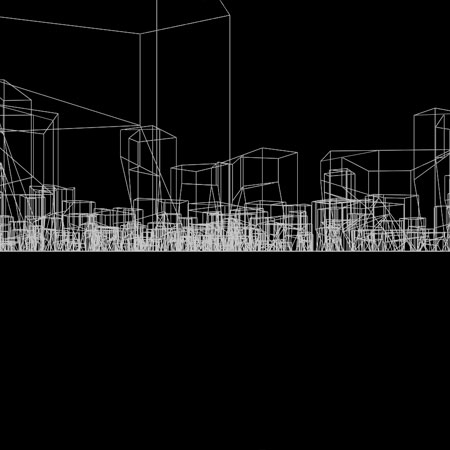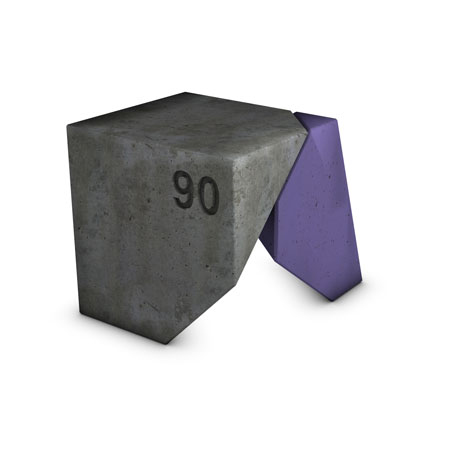
Vendôme by Kram/Weisshaar
Vendôme by Reed Kram and Clemens Weisshaar is a family of concrete stools, pedestals and tables that have been designed by a computer programme.
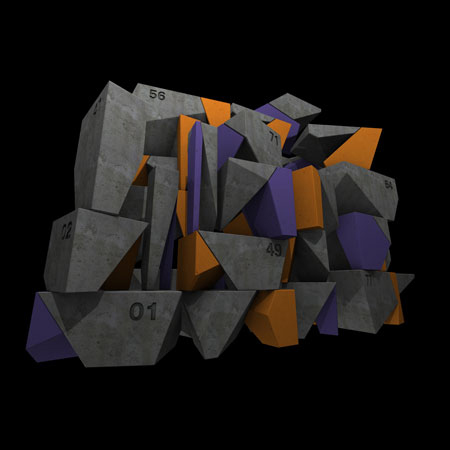
The forms are generated parametrically by software that creates an endless stream of different designs, from which Kram/Weisshaar select a limited number for manufacture.
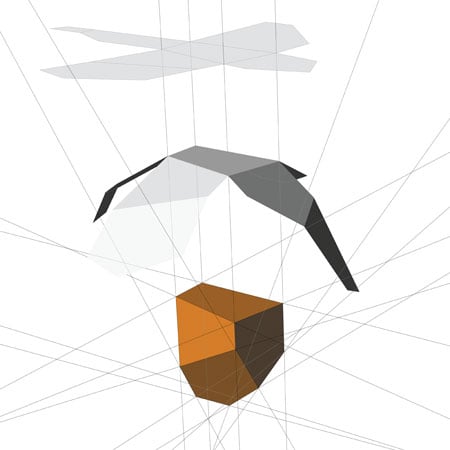
Moulds for the selected designs are then manufactured by computer-controlled machines.
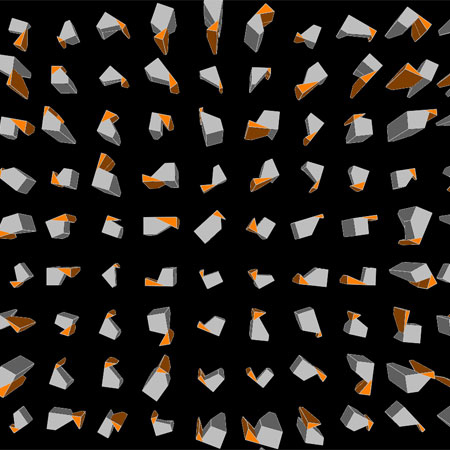
The project will be exhibited at Design Miami/Basel in June, where Kram/Weisshaar will be honoured as one of four Designers of the Future.
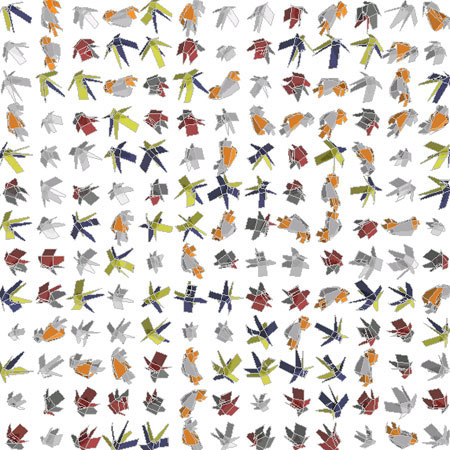
See our previous story for details of the Designers of the Future award and the other winners.
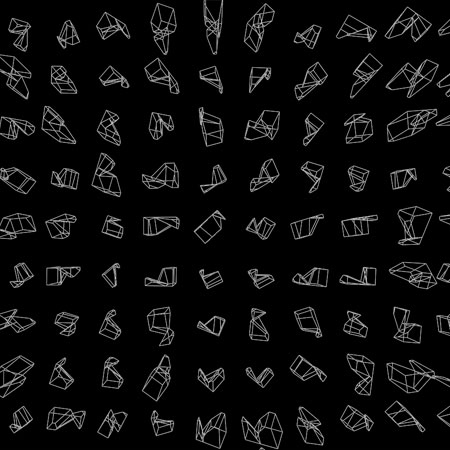
The following information is from Kram/Weisshaar:
--
CLEMENS WEISSHAAR AND REED KRAM NAMED DESIGNERS OF THE FUTURE BY DESIGN MIAMI/BASEL
Design Miami/ Basel, the most prominent and substantive global forum for historic and contemporary limited-edition design, has named Clemens Weisshaar and Reed Kram as its 2008 Designers of the Future. On this occasion a comissioned piece of work will be exhibited at Design Miami/ Basel, which will take place in Basel, Switzerland from June 3 – 5, 2008.
Titled VENDÔME this body of work takes a precondition of endless transformation as its point of departure. How to reconcile the conflict between dynamism and stasis, between the transience of software and permanence of concrete?
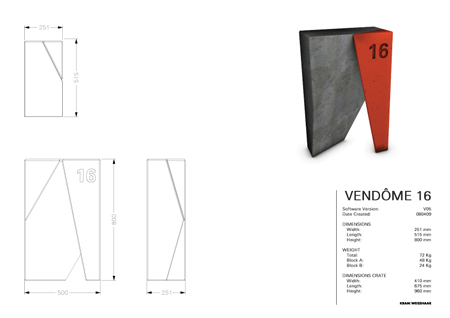
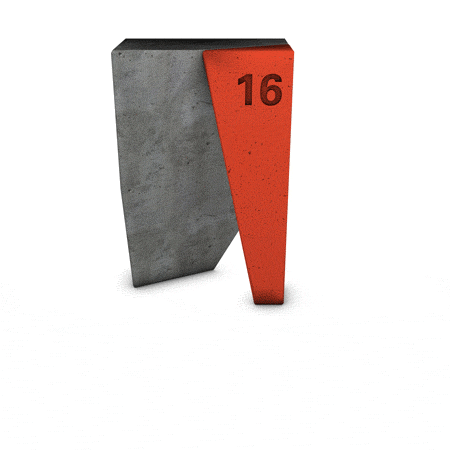
VENDÔME can be referred to as a logical continuation of their early and crucial project BREEDING TABLES (2003-05) in which Clemens Weisshaar and Reed Kram paradigmatically outlined their approach of intelligently intertwining product development and media design, while taking advantage of the newest technological possibilities.
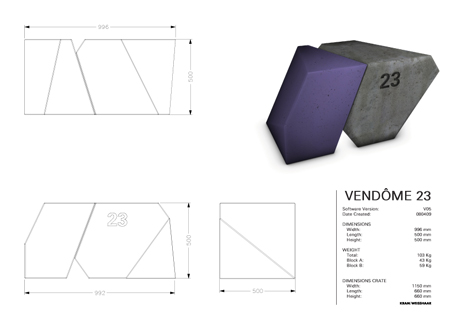
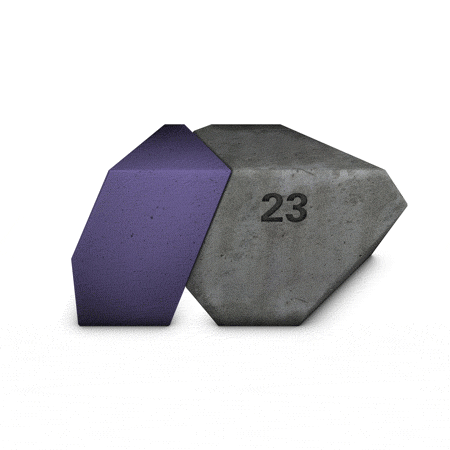
The idea of VENDÔME is to parametrically generate a family of objects with different typologies including stools, pedestals and tables of different height. The design is developed within and documented by a piece of software that generates an infinite number of proposals within a defined framework while flexibly reacting to changing parameters (as e.g. the height, width or depth of the object).
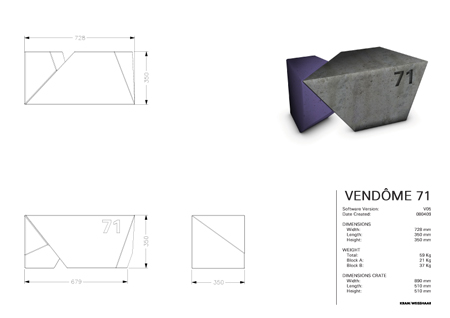
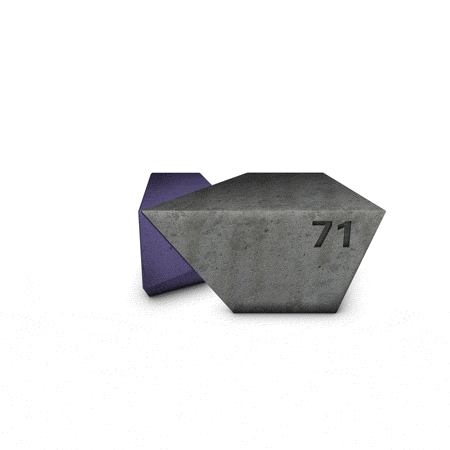
The proposals are then singled out and fine-tuned by the designers using the software. By the press of a button a selected geometry can be processed and the geometry for the casting mould is generated and passed on to numerically controlled machines.
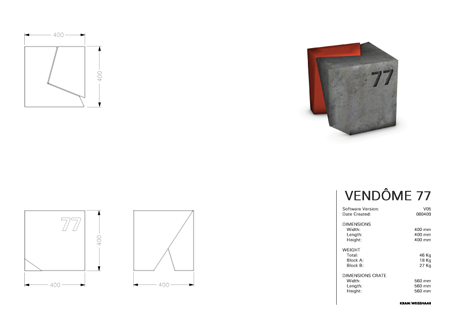
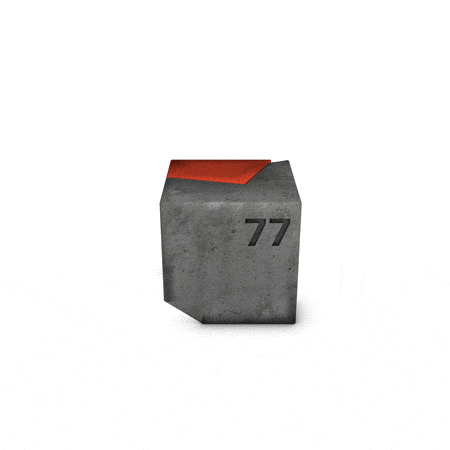
The installation will include selected pieces with their wire frames in different states three-dimensionally rendered using woollen string.
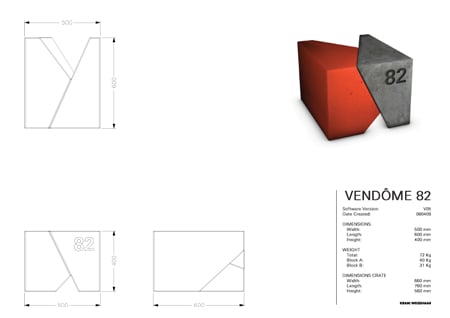
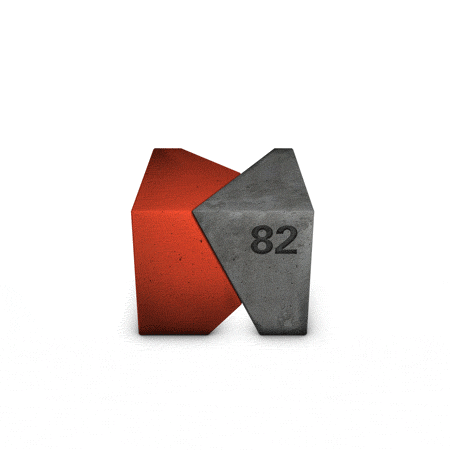
ABOUT KRAM/WEISSHAAR
Clemens Weisshaar and Reed Kram create works that expand the intersection between architecture, industrial design, media design, and fashion. With their seminal projects for Prada’s Epicenter Stores in Los Angeles and New York with Rem Koolhaas, and their work for Authentics, Classicon, Moroso and Porzellan Manufaktur Nymphenburg they quickly garnered wide international recognition.
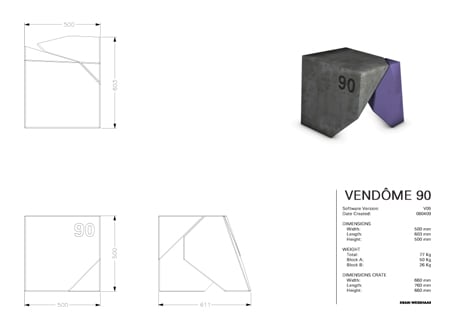
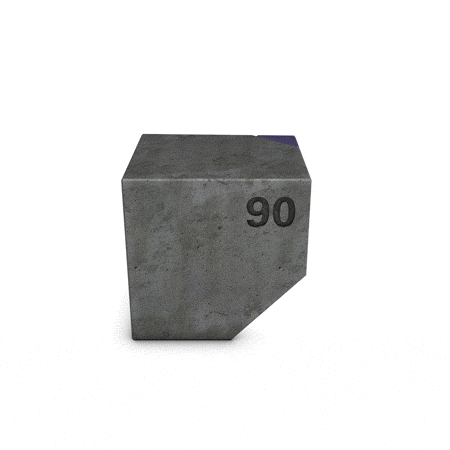
The break-through for Kram and Weisshaar was the BREEDING TABLES. In this project their approach towards intelligently intertwining product development and media design, while taking advantage of the newest technological possibilities, is paradigmatically outlined.
The projects of Clemens Weisshaar and Reed Kram stand for a new form of integrated product and process development – and thus for a new way of thinking design. The work of KRAM/WEISSHAR is part of the collection of the CENTRE POMPIDOU in Paris, the VITRA Design Museum, Weil am Rhein and PINAKOTHEK DER MODEREN, München.
Clemens Weisshaar was born in Munich. After an apprenticeship as a metal worker, he studied Product Design at Central Saint Martins College of Art and Design and the Royal College of Art in London. After three years as an assistant to Konstantin Grcic, he founded his own office in 2000. Weisshaar lives and works in Munich.
Reed Kram was born in Columbus, Ohio and studied at Duke University and MIT, where he was a founding member of the Aesthetics and Computation Group at the Media Laboratory. Kram lives and works on Södermalm Island in Stockholm.
